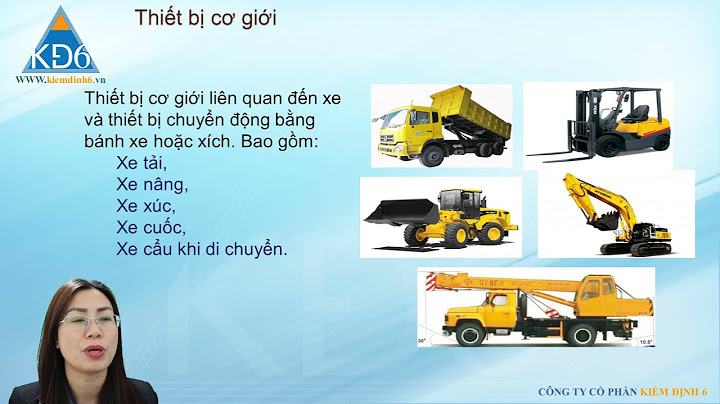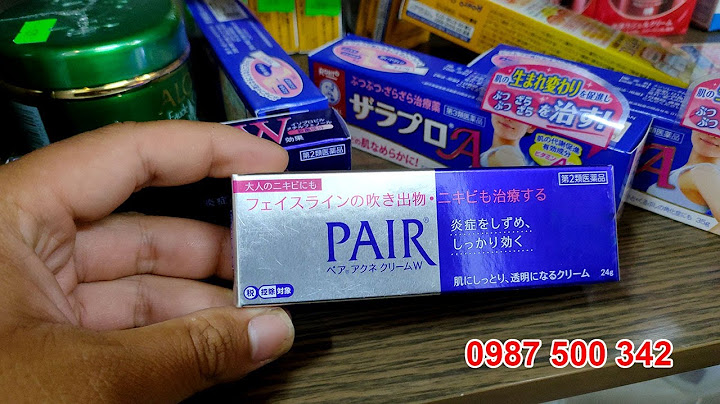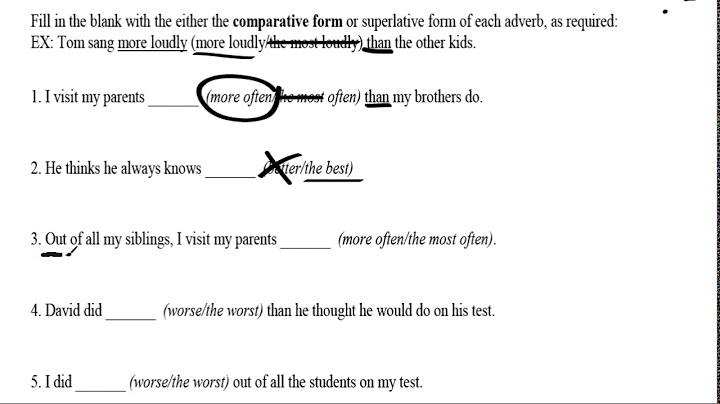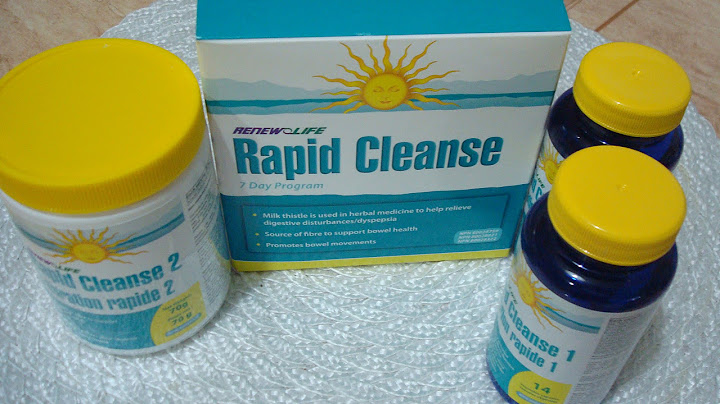Flexor digitorum profundus (FDP) and flexor digitorum superficialis (FDS) muscles are responsible for the flexion of the second to fifth finger of the hand, whereas flexor pollicis longus (FPL) and flexor pollicis brevis (FPB) muscles control the flexion of the first finger. All of these muscles are crucial to the function of the hand and enable us to explore the environment efficiently. Injuries to tendons of the hand can be caused by cuts or crushes or by an abrupt forced extension that results in an avulsion of the tendon. Flexor tendon injuries of the hand are somewhat common, with an incidence of 33 injuries per 100,000 person-years. Show Such injuries give rise to issues like bowstringing, reduced flexion, rigidity and reduced grip strength, and overall function. People with these injuries may be severely affected in their work and quality of life. Laceration and avulsion injury are treated with end-to-end tendon repair surgery; in case primary repair is not possible because of concurrent injuries or tendon shortening, a two-stage surgical intervention may be advised. After surgery, rehabilitation aims to recover long-term finger dexterity and hand function though passive, place and hold, and active exercises together with an orthosis wearing protocol. This review investigated the effects of different rehabilitation interventions after surgery for flexor tendon injuries of the hand. This review is important for People with flexor tendon injuries with difficulties in hand dexterity and strength, their loved ones/caregivers, health professionals caring for this population, general practitioners, researchers, and policymakers. Outcomes of this review The outcomes analysed were self-reported functional assessment; passive and active finger range of motion (ROM) using goniometric measurement; adverse events; hand strength; return to work or other activities; and an objective measure of functional assessment, quality of life, and contentment with surgery after more than three months. The review included 16 randomized controlled trials (RCTs) and one quasi-RCT published and/or registered up to August 11, 2020, with a total of 1,108 participants, mainly adults. Results showed no significant difference in patient-rated function, active finger ROM, or adverse events between early active flexion together with controlled passive exercises group compared to early controlled passive exercises only. There was no significant difference between an active exercise group compared to an immobilisation regimen for three weeks in active finger ROM or adverse events. Place and hold exercises performed within an orthosis compared to controlled passive motion using rubber band found no significant difference in self-rated function, whereas there was a significant difference in self-rated function (although very low-certainty evidence) in active finger ROM at 12 months after place and hold exercises. Evidence about other exercise-regimen comparisons was either not available, incomplete, or very low certainty. These results must be interpreted with caution because (i) the heterogeneity between the groups analysed; (ii) heterogeneity between outcome measures; (iii) limited applicability; (iv) many studies did not report demographic data; (v) details about type, frequency, and repetition of exercises were not appropriately described; (vi) there was a high risk of bias for one or more domains; (vii) most of the studies were focused on the injury on a specific zone; and (viii) other treatments undertaken during the rehabilitation period, which may act as confounding. Author’s conclusion of the review: There is limited and very low-certainty evidence for all of the outcomes analyzed; therefore, the authors were uncertain whether the interventions improved any of the outcomes. Future recommendations: The authors recommended that large-scale, high-quality randomised controlled trials be needed to find out the true effectiveness and safety of rehabilitation treatments after flexor tendon surgery. These studies should aim to find out (a) the role of different types of exercise regimens How do you treat a flexor tendon injury in the hand?In most cases, a cut or torn tendon must be repaired by a surgeon. Surgery is usually performed within 7 to 10 days after an injury. In general, the sooner surgery is performed, the better recovery will be. If your injury is restricting blood flow to your hand or finger, your doctor will schedule an immediate surgery. How long does it take for a hand tendon strain to heal?If your tendon is only stretched, not torn, it should heal in 4 to 6 weeks if you wear a splint all the time. If your tendon is torn or pulled off the bone, it should heal in 6 to 8 weeks of wearing a splint all the time. After that, you will need to wear your splint for another 3 to 4 weeks, at night only. What is the most common hand tendon injury?Mallet Finger This is the most common closed tendon injury. Mechanism of Injury: Forced flexion of the extended DIP joint, most commonly associated with catching a ball. Clinical Presentation: Pain at dorsum of the DIP along with inability to actively extend the DIP joint. How do you know if you have damaged a tendon in your hand?If you do injure the tendons in your hand or wrist, you may have trouble bending or straightening your fingers. Tendon damage can cause pain, stiffness, swelling and tenderness. Your hands are among the most complex parts of your body, which means you need specialized care after a tendon injury in your hand or fingers. |




















